To optimize night cooling for thermal mass, focus on three key strategies. First, maximize nighttime airflow by opening windows fully and creating cross-ventilation throughout your home. Second, select appropriate thermal mass materials like concrete, brick, or stone for floors and walls to absorb cool air at night and release it during the day. Finally, automate your cooling system controls with smart thermostats and sensors to enhance efficiency and comfort. By implementing these tips, you'll improve your home's temperature regulation and reduce energy costs. Discover how these techniques can transform your living space into a naturally cooler environment.
Maximize Airflow During Nighttime

Windows are key players in maximizing airflow during nighttime cooling. To optimize their effectiveness, open them fully as soon as the outdoor temperature drops below your indoor temperature.
Create cross-ventilation by opening windows on opposite sides of your home, allowing cool air to flow through. If you have a multi-story house, open windows on the lowest and highest floors to take advantage of the stack effect, which naturally draws cool air upwards.
Use fans strategically to enhance air movement. Place box fans in windows facing outward on the upper floors to expel warm air, while positioning inward-facing fans on lower levels to draw in cool air.
Ceiling fans set to rotate counterclockwise can help distribute the cool air throughout your rooms.
Remove any obstacles that might impede airflow, such as heavy curtains or furniture blocking windows. Consider installing window screens to keep insects out while allowing maximum air passage.
If security is a concern, use window locks or bars that still permit adequate opening. By maximizing nighttime airflow, you'll effectively cool your home's thermal mass, reducing the need for air conditioning during the day.
Select Appropriate Thermal Mass Materials
The foundation of effective night cooling lies in selecting the right thermal mass materials for your home. These materials absorb heat during the day and release it at night, helping to regulate indoor temperatures.
Opt for dense materials with high heat capacity, such as concrete, brick, stone, or ceramic tiles. These materials can store significant amounts of thermal energy and release it slowly over time.
Consider incorporating these materials into your floors, walls, or ceilings. Concrete floors are particularly effective, as they can absorb cool air at night and release it during the day. For walls, brick or stone can provide excellent thermal mass.
If you're renovating, you might consider adding a layer of concrete or using phase change materials within your walls.
Water also has a high heat capacity and can be used creatively. Large water features or tanks inside your home can act as thermal batteries. Even smaller elements like aquariums can contribute to thermal mass.
Automate Cooling System Controls
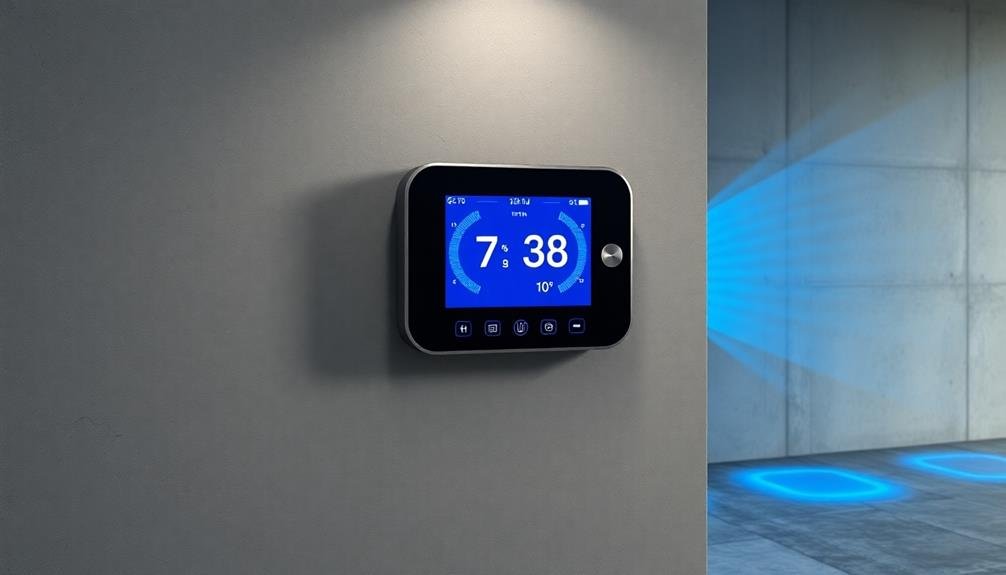
While selecting the right thermal mass materials forms the foundation of night cooling, automating your cooling system controls takes this strategy to the next level.
By implementing smart controls, you'll maximize energy efficiency and guarantee ideal comfort throughout your space. Automated systems can monitor indoor and outdoor temperatures, humidity levels, and weather forecasts to make real-time adjustments to your cooling strategy.
To effectively automate your cooling system controls:
- Install programmable thermostats or smart home systems that can adjust temperatures based on occupancy patterns and outdoor conditions.
- Integrate sensors to detect when windows and doors are open, preventing the system from running unnecessarily.
- Implement predictive algorithms that learn from your preferences and behavior to enhance cooling schedules.
These automated controls will help you take full advantage of cooler nighttime temperatures, reducing your reliance on mechanical cooling during peak hours.
They'll also guarantee that your thermal mass is properly charged and discharged at the right times, maximizing its effectiveness.
Frequently Asked Questions
How Does Humidity Affect Night Cooling Efficiency?
High humidity reduces night cooling efficiency. You'll find it harder to cool your space as moisture in the air retains heat. It also slows evaporation, limiting the cooling effect on your skin and surroundings.
Can Night Cooling Be Effective in Urban Areas With Heat Island Effects?
Yes, night cooling can be effective in urban areas with heat island effects. You'll need to be strategic, though. Open windows when outdoor temperatures drop, use fans to circulate air, and consider reflective surfaces to combat urban heat.
What's the Ideal Temperature Difference Between Day and Night for Optimal Cooling?
You'll want a temperature difference of at least 5-10°C (9-18°F) between day and night for effective cooling. The larger the gap, the more efficient your night cooling strategy will be. Aim for cooler nights.
How Long Does It Typically Take to See Energy Savings From Night Cooling?
You'll typically see energy savings from night cooling within a few weeks. However, the exact time can vary based on your climate, building type, and how consistently you implement the strategy. Keep monitoring your energy bills for results.
Are There Any Health Concerns Associated With Night Cooling Practices?
While night cooling is generally safe, you should be aware of potential issues like increased humidity, drafts, and allergens. Guarantee proper ventilation and filtration to minimize health risks. Don't overcool, as it may cause discomfort or respiratory problems.
In Summary
You've now learned three key strategies to optimize night cooling for thermal mass. By maximizing airflow at night, selecting the right materials, and automating your cooling system, you'll greatly improve your building's energy efficiency. Remember, it's all about harnessing the cool night air to reduce daytime temperatures. With these tips, you're well-equipped to create a more comfortable and sustainable living or working environment. Don't hesitate to implement these methods and enjoy the benefits of optimized night cooling.

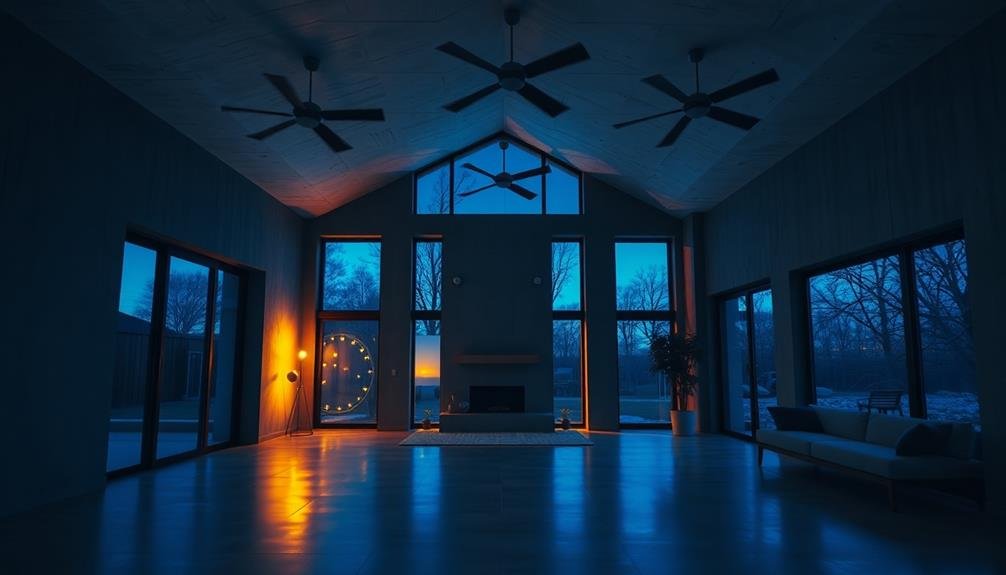
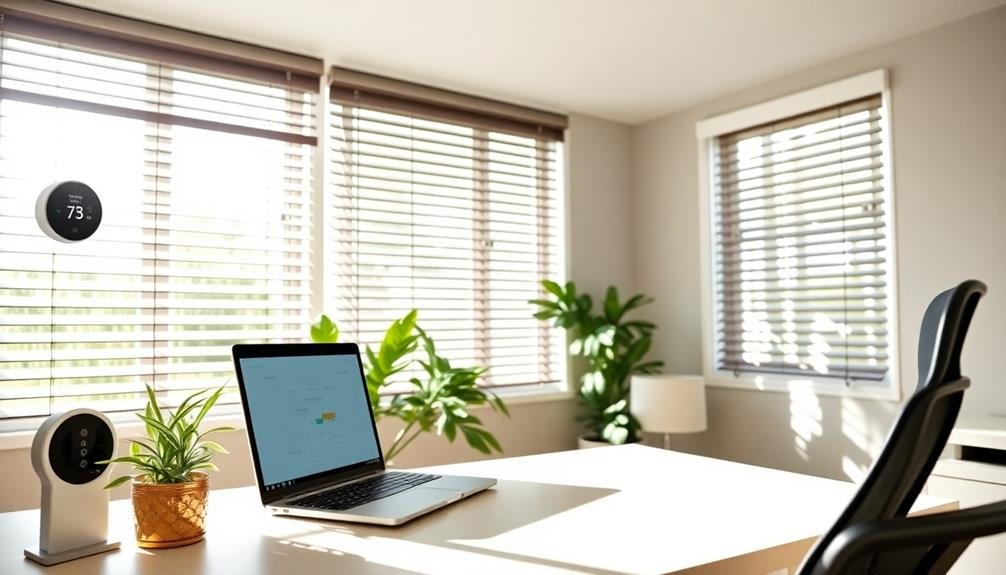
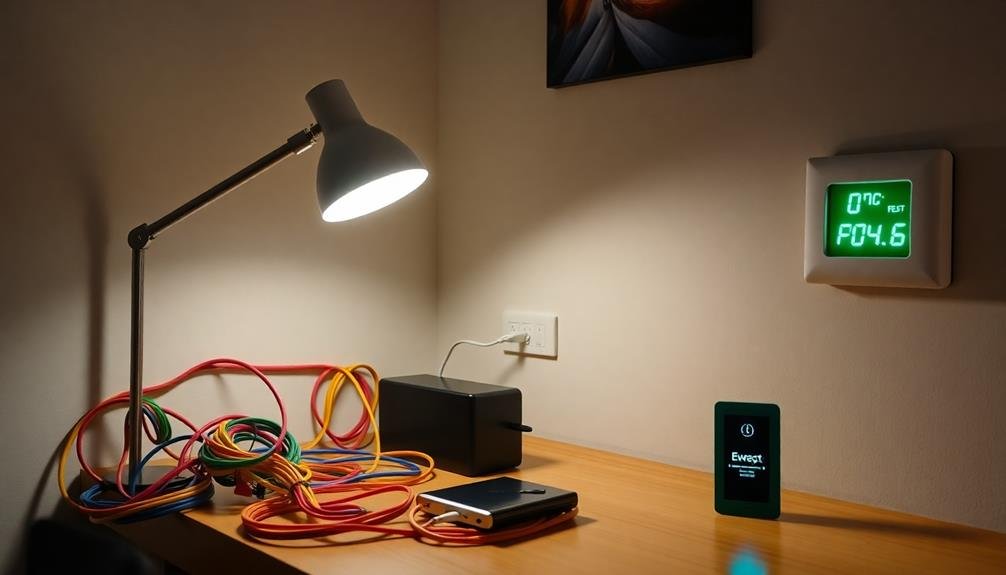
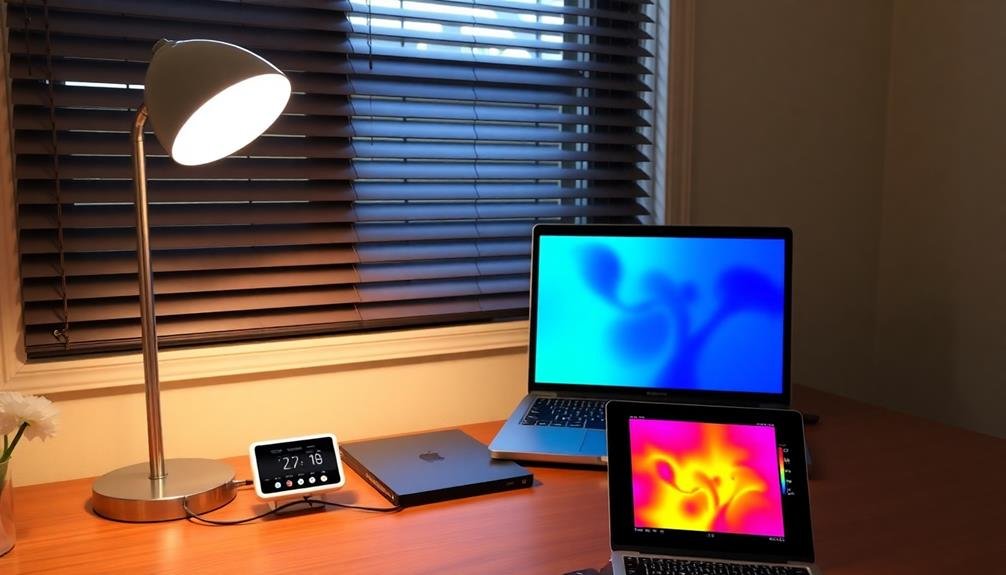
Leave a Reply